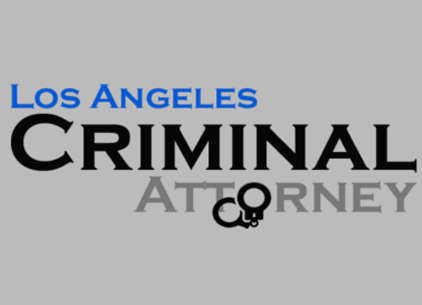Information on New Criminal Defense Laws in California
Blog - Page 10 of 19
How Dating Apps Can Lead to Tinder Rape Charges
Posted:
Dating apps have become a popular way for people to meet and connect with others. However, with these apps' anonymity and convenience, there is also an increased risk of sexual assault and rape. Tinder rape, also known as dating app rape, is a growing concern as many individuals use dating apps to find potential partners. These incidents do not only occur on Tinder. Tinder rape occurs when a person uses dating apps to lure a victim into a dangerous situation and then sexually assault them. This can happen when an individual poses as someone they are not, manipulates the victim into a false sense of security, or uses the victim's trust to commit the crime. Understand that consent is critical in any sexual encounter. If a person cannot give consent, it is considered sexual assault. Further, It is crucial for individuals to be aware of the risks associated with dating... Read More
What is Criminal Negligence?
Posted:
The legal theory of negligence is often invoked in the civil court, but a version of it is also raised in the criminal court. The negligence concept is common in civil courts because behavior involving ordinary negligence, like distracted driving, is insufficient to earn a criminal conviction. However, legislators have recognized this and lowered the criminal penalties for involuntary crimes involving reckless or negligent conduct. Knowing the legal definition of criminal negligence can prevent you from engaging in particular offenses or assist you in understanding the type of charge you face. Legal Definition of Criminal Negligence Also known as culpable negligence, criminal negligence is conduct where you ignore an apparent risk or disregard a severe risk of harm that an average person in your circumstances would have perceived. The conduct can also be described as... Read More
What Are The Consequences Of Rape Of An Intoxicated Woman?
Posted:
Rape, sexual assault, and other "egregious" sexual acts come to mind when we think of sex crimes. Nevertheless, not all sexual misconduct offenses make newsworthy headlines. More often than not, sex crime accusations are not as sensational as people think. In fact, some individuals commit sex crimes without even being aware of them. Under PC 261(a)(3), raping an intoxicated woman is an offense. The law defines rape as having sexual intercourse with another person without her consent under certain circumstances. You could face charges under PC 261(a)(3) if you have sex with a woman who cannot consent or resist due to an anesthetizing or intoxicating substance. To face charges, you must have known that the victim was intoxicated. The violation of PC 261(a)(3) is a serious felony offense with severe consequences. If you or your loved one faces charges of raping an... Read More
Drug Crimes Involving Xanax and What You Need to Know
Posted:
Xanax is a prescription medication for anxiety and panic disorders. It belongs to a class of drugs called benzodiazepines, which work by slowing down the activity of the central nervous system. Its generic name is Alprazolam, and other street names include Z-bars, blue footballs, bars, planks, handlebars, Xansm, bennies, benzos, chill pills, totem poles, school buses, and white boys/girls. Whereas Xanax is effective in treating anxiety and panic disorders, the risk of overdose cannot be overlooked. This risk informs the regulation of Xanax, specifically on possession and its use. Regulation Of Controlled Substances Xanax is a controlled substance regulated both at the state and federal levels. This means it is... Read More
What is Statutory Rape in California?
Posted:
Sex should be consensual. Without consent, any sexual intercourse with another person is non-consensual. This could result in rape charges. However, when it comes to contact with children, consent is not required to secure a conviction. The law deems children incapable of fully comprehending the nature and consequences of sexual acts. Thus, they are incapable of permitting sexual engagement. Therefore, any sexual intercourse with minors results in criminal charges of statutory rape. Here is a look at statutory rape under the law and the consequences you could face if convicted. What is Statutory Rape Per California Law Penal Code 261.5 makes it illegal to engage in sexual intercourse with a person under 18,... Read More
What is the Difference Between a DUI Hit and Run and a Regular DUI in California?
Posted:
A DUI (Driving Under the Influence) is defined as operating a vehicle with a blood alcohol concentration of 0.08% or higher. On the other hand, a hit and run is an act of leaving the scene of an accident after causing property damage or injury to another person. When these two offenses occur together, it is known as a DUI hit and run. It can happen when someone is driving under the influence, then causes an accident, and leaves the scene without stopping. In this article, we'll explore the differences between DUI Hit and Run and regular DUI in California, including the legal implications and potential consequences. What is a DUI Hit and Run? A DUI hit and run is a serious crime under California law. It involves driving under the influence (DUI) and then fleeing the scene of an accident without providing any identifying information or rendering aid to any injured... Read More










